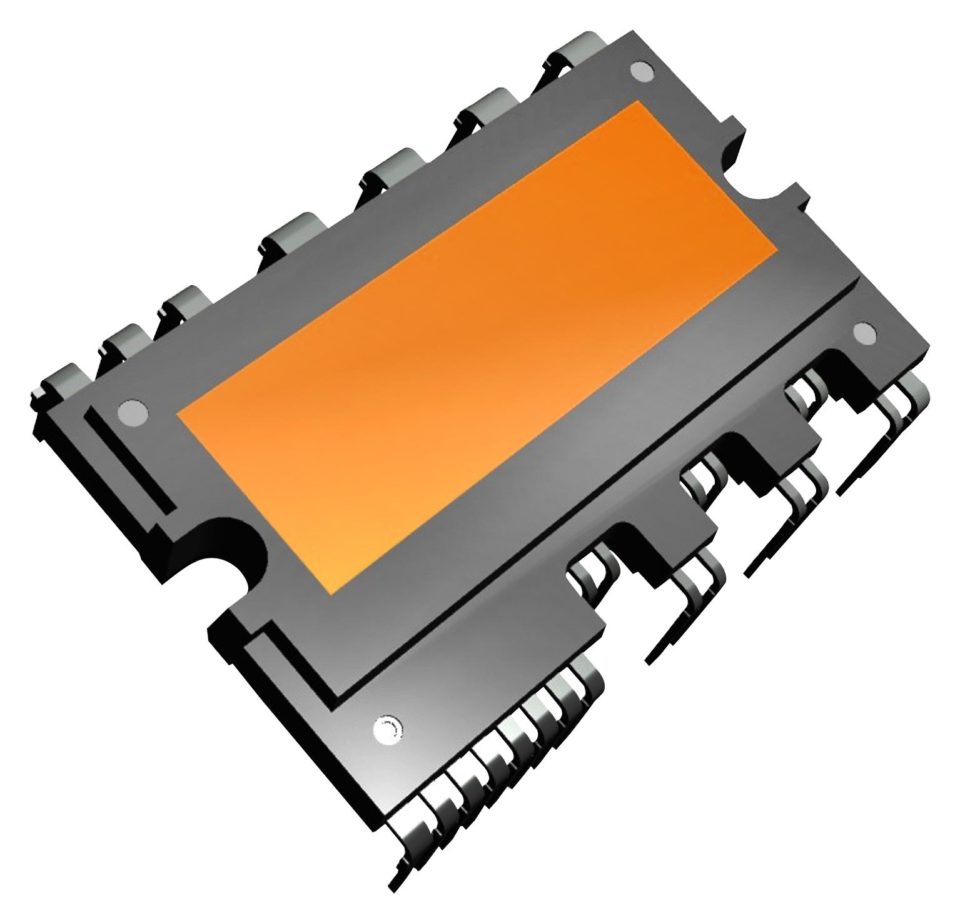An intelligent power module (IPM) is a power semiconductor module that combines all of the circuitry needed to operate an IGBT into a single package. It includes the necessary drive circuitry, as well as the IGBTs, as well as the necessary protection functions. In this manner, the best performance from an available IGBT technology can be obtained.
Three of the self-protection functions commonly found in an IPM are overcurrent, overheating, and undervoltage detection. In this article, we’ll go over some of the fundamental concepts of this technology and how an IPM can get the most out of a readily available IGBT device.
Power BJTs, MOSFETs, and IGBTs
Power bipolar junction transistors (BJTs) have good on-state conduction performance, but because they are current-controlled, they require complex base drive circuitry. We need simpler drive circuitry because power MOSFETs are voltage-controlled devices. The main issue with power MOSFETs, however, is that their on-state resistance rises with device breakdown voltage. MOSFETs have poorer conduction performance than BJTs at voltage ratings greater than 200 V.
An IGBT combines the best of both worlds to create a high-performance power switch: it combines the ease of driving of a MOSFET with the on-state characteristics of a BJT. The main issue with an IGBT is a parasitic PNPN (thyristor) structure, which can result in device failure.
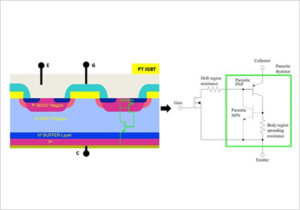
Figure 1. A punch-through (PT) IGBT’s vertical cross-section and equivalent circuit model. Image used courtesy of STMicroelectronics.
The parasitic thyristor can turn on and cause device failure depending on the current density and the rate of change of voltage (dvdt) at the device turn-off (latch-up). In this case, the gate voltage no longer controls the IGBT current. Figure 2 shows the latch-up current.

Figure 2: Current latch-up Image courtesy of STMicroelectronics.
It is important to note that the body region resistance and gain of BJTs are temperature dependent, and the device becomes more susceptible to latch-up at higher temperatures.
The Fundamentals of an Intelligent Power Module (IPM)
IGBT manufacturers have improved the device physics over the years to achieve better power switches capable of withstanding relatively higher current densities without experiencing a latch-up failure.
Rather than optimizing device performance, some manufacturers decided to add control circuitry to existing IGBTs to prevent latch-up. This control circuitry is a feedback loop with current sensing capability that is integrated with the IGBT driver. When an overcurrent/short-circuit condition occurs, it monitors the device’s current density and shuts it down.
This feedback mechanism results in a “smart” power switch that can protect itself against failure conditions. Figure 3 shows the fundamental functionality of an IPM.
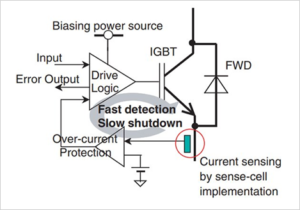
Figure 3: An IPM’s basic functionality. Image courtesy of Wiley InterScience.
Current Sensing Methods
IPMs use a variety of methods to detect the IGBT current. Some IPMs generate a voltage proportional to the device current by passing the IGBT current through an external shunt resistor.
To detect an overcurrent condition, the IC compares this voltage to a predetermined threshold value. The DIPIPM, which is based on a shunt current sensing resistor, is depicted in Figure 4 as a simplified block diagram. The voltage across RSHUNT is sensed and low-pass filtered in this case before being monitored by the IC’s CIN pin.
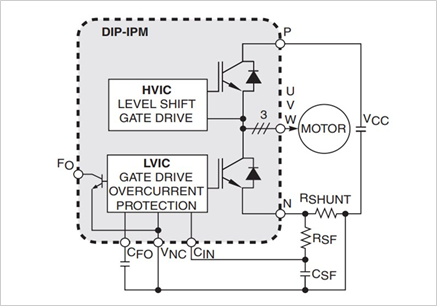
Figure 4: DIPIPM simplified block diagram Image courtesy of Powerex.
Another technique for detecting overcurrent is desaturation detection, which is based on monitoring the IGBT collector voltage. The collector-emitter voltage of the IGBT is very low during normal operation (1 V to 4 V typically). In the event of a short-circuit, the IGBT collector-emitter voltage rises. As a result, this voltage can be used to detect an overcurrent condition.
One disadvantage of the desaturation method is that it typically allows for high dissipation in the IGBT driver while detecting a short circuit condition.
Soft Shutdown of the IGBT
The feedback loop monitoring the device current should be able to detect an overcurrent condition quickly. When an overcurrent is detected, it is preferable to slowly shut down the IGBT. This type of soft shutdown is used to reduce the effects of damaging surge voltages. When a short-circuit collector current of 260 A is turned off, a soft shutdown can reduce collector-to-emitter peak voltage by 30%.
Other Common Features
In addition to the short-circuit detection discussed above, IPMs include other self-protection functions. Over-temperature and under-voltage protections are two of the most common functions found in IPMs.
The under-voltage function checks the power supply of the IPM’s control circuitry for out-of-tolerance conditions. When the supply voltage exceeds a predetermined threshold, the under-voltage function disables the power devices. This is done to avoid operating the IGBTs in an active (or linear) mode, which can be disastrous.
When the chip temperature exceeds a certain threshold, the over-temperature function turns off the power devices.
Packaging
High-performance IPMs require advanced packaging because the IGBT driver, sensing logic, and power semiconductor must all be implemented within the same hybrid IC package.
A hybrid IC, as opposed to a monolithic IC, combines individual components such as transistors, monolithic ICs, resistors, inductors, and capacitors into a single package. Within the package, these components are bonded to a substrate or printed circuit board (PCB).
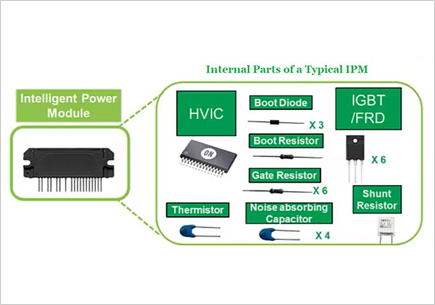
Figure 5. Diagram An IPM’s internal components. Image used courtesy of ON Semiconductor supplied the image.
IPMs are used for voltage ratings of up to 600 V and current ratings of up to 100 A. As power levels rise, the ability of the package to extract heat becomes increasingly important. A power module’s substrate typically operates at temperatures ranging from 150 to 200 °C.
As a result, the substrate should have high thermal conductivity so that we can place high power components close together in a small package. As a result, new materials and advanced packaging technologies can have a significant impact on the size, weight, and performance of power semiconductor modules.


